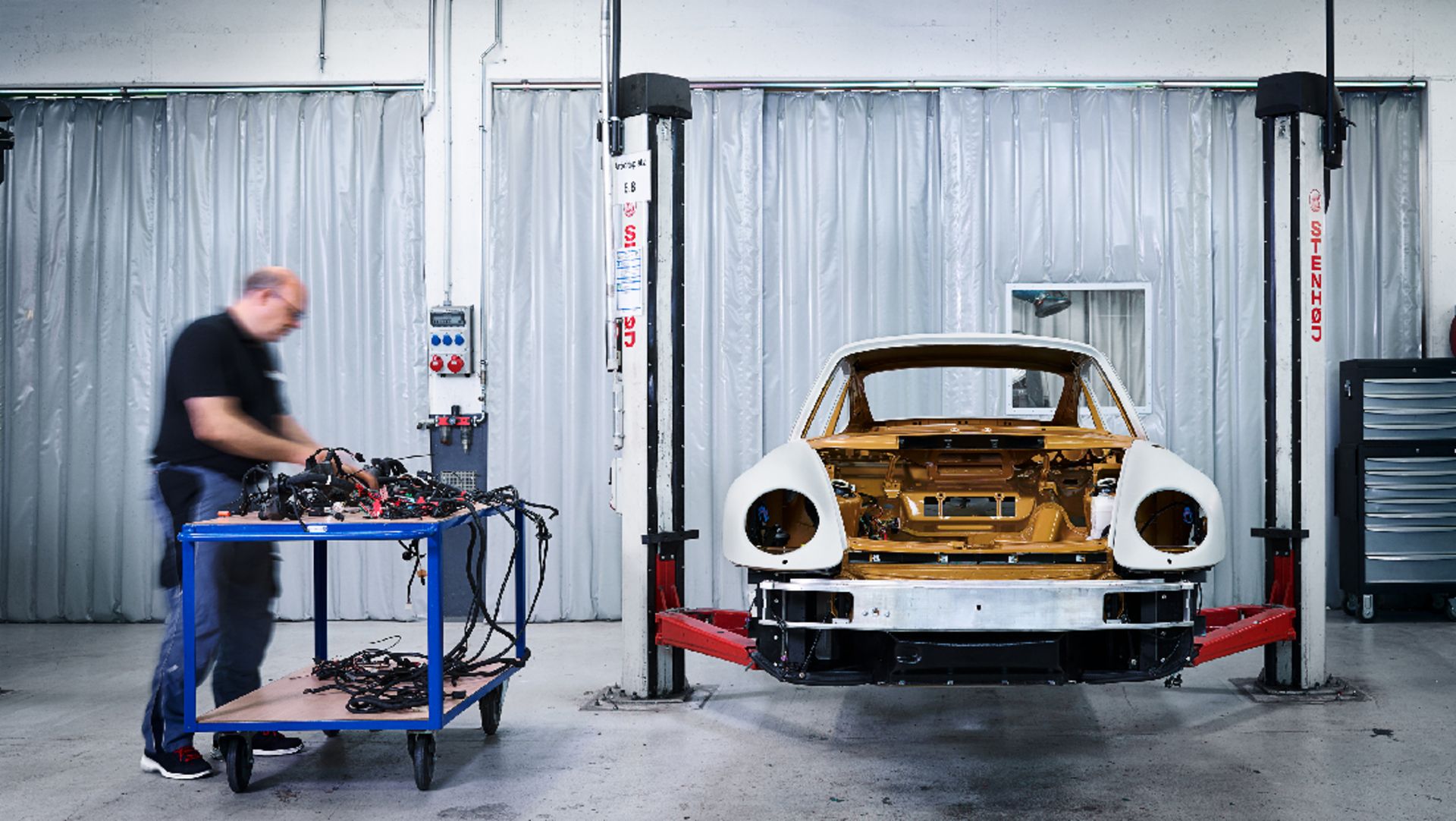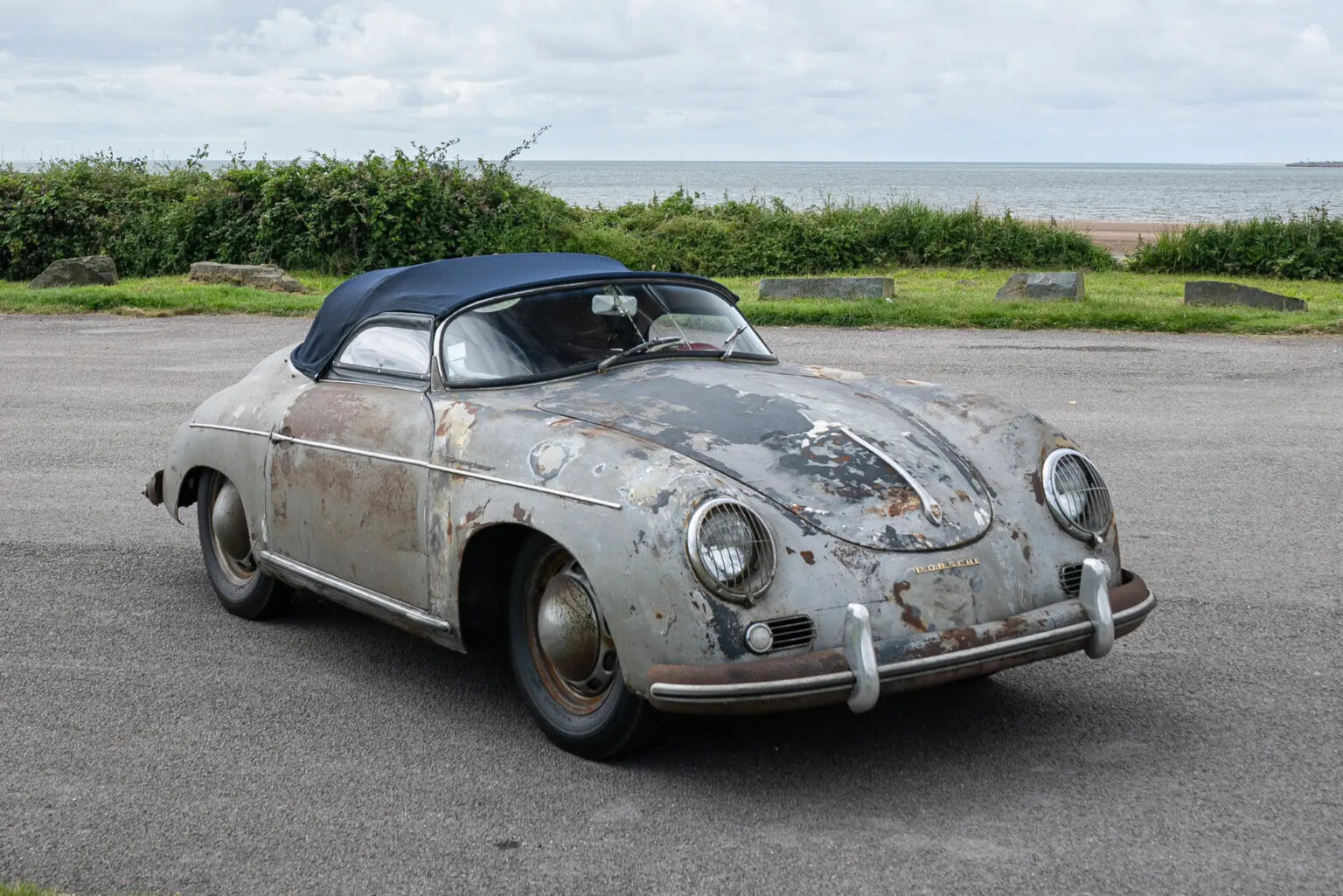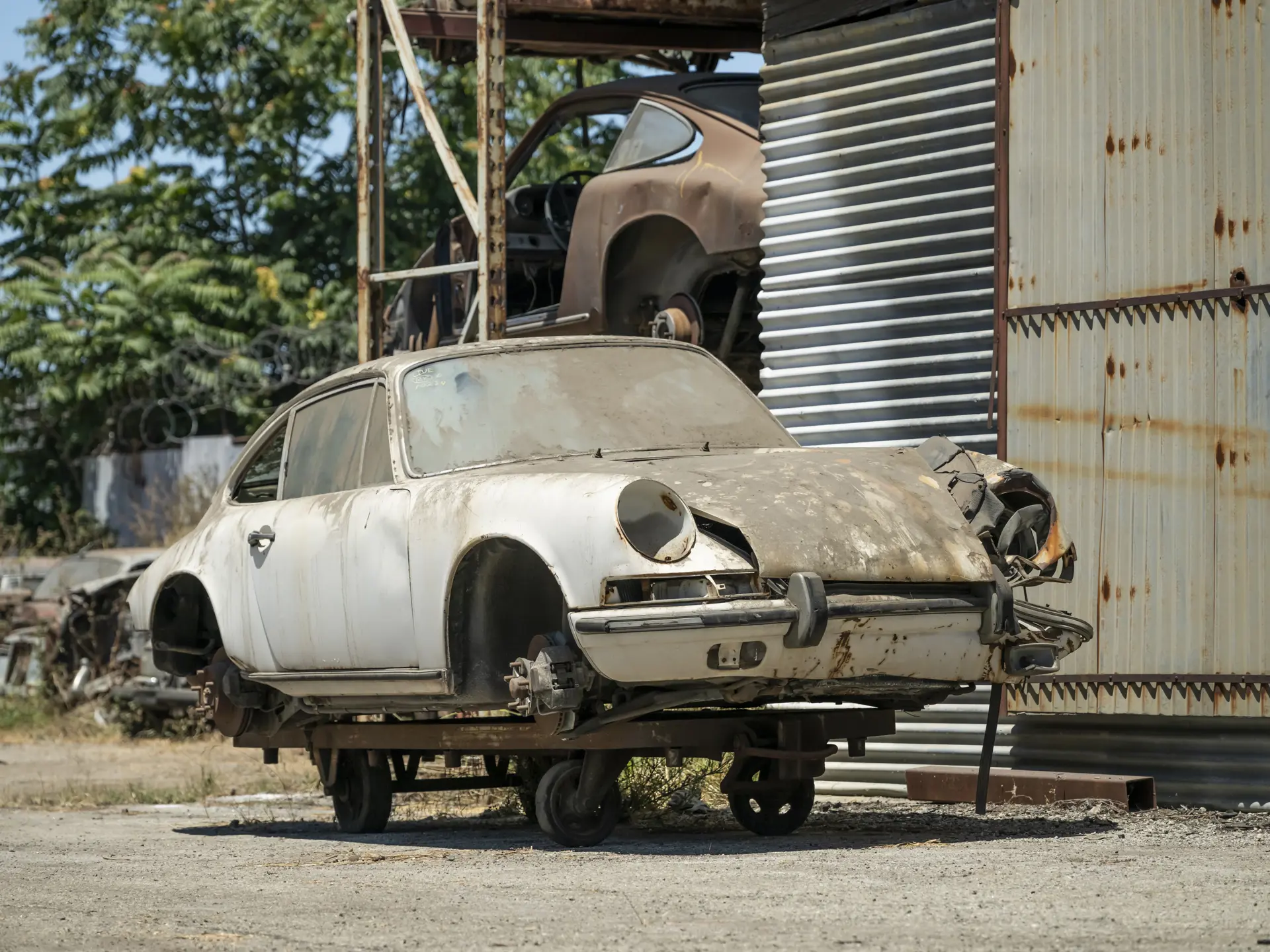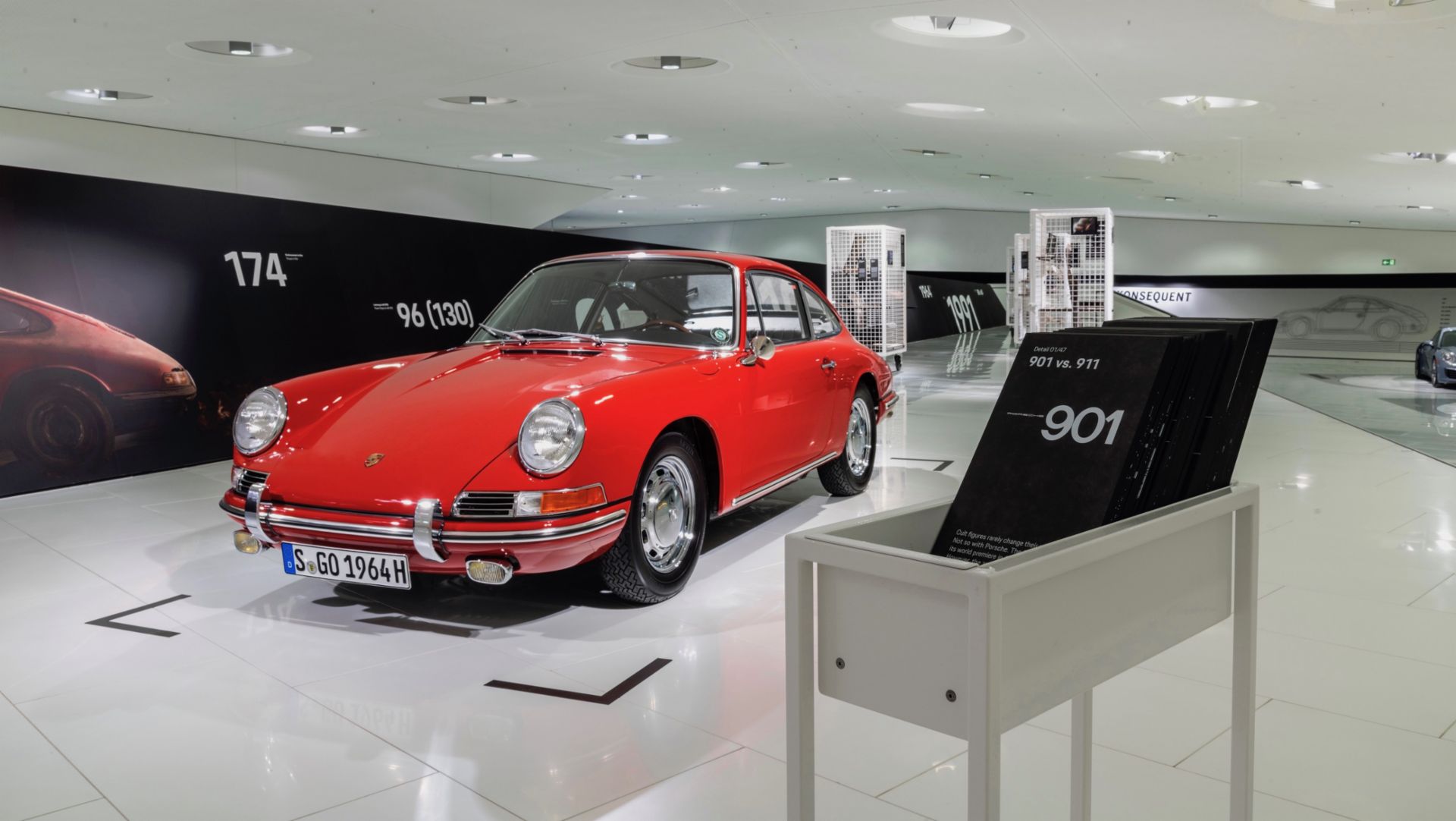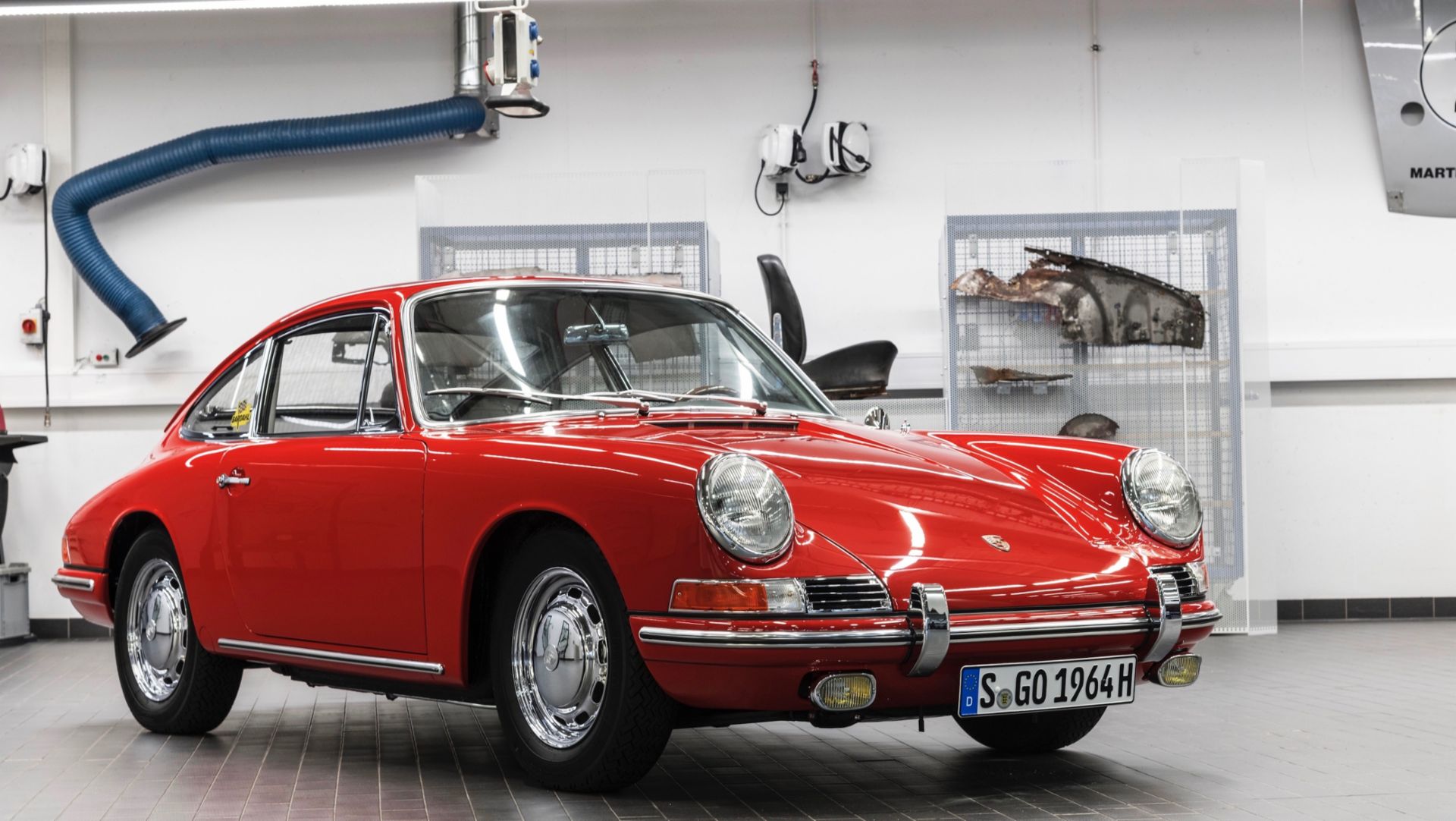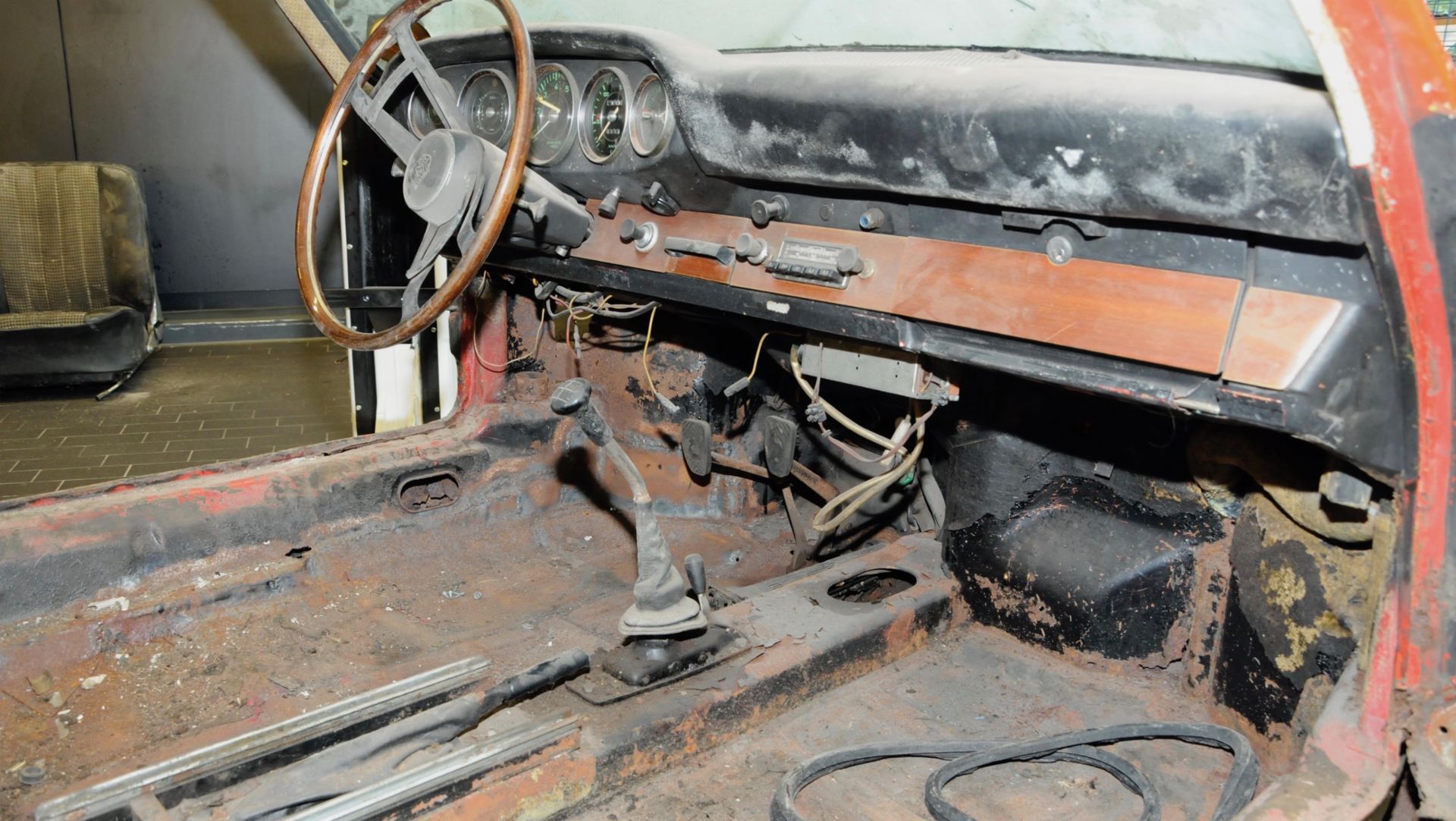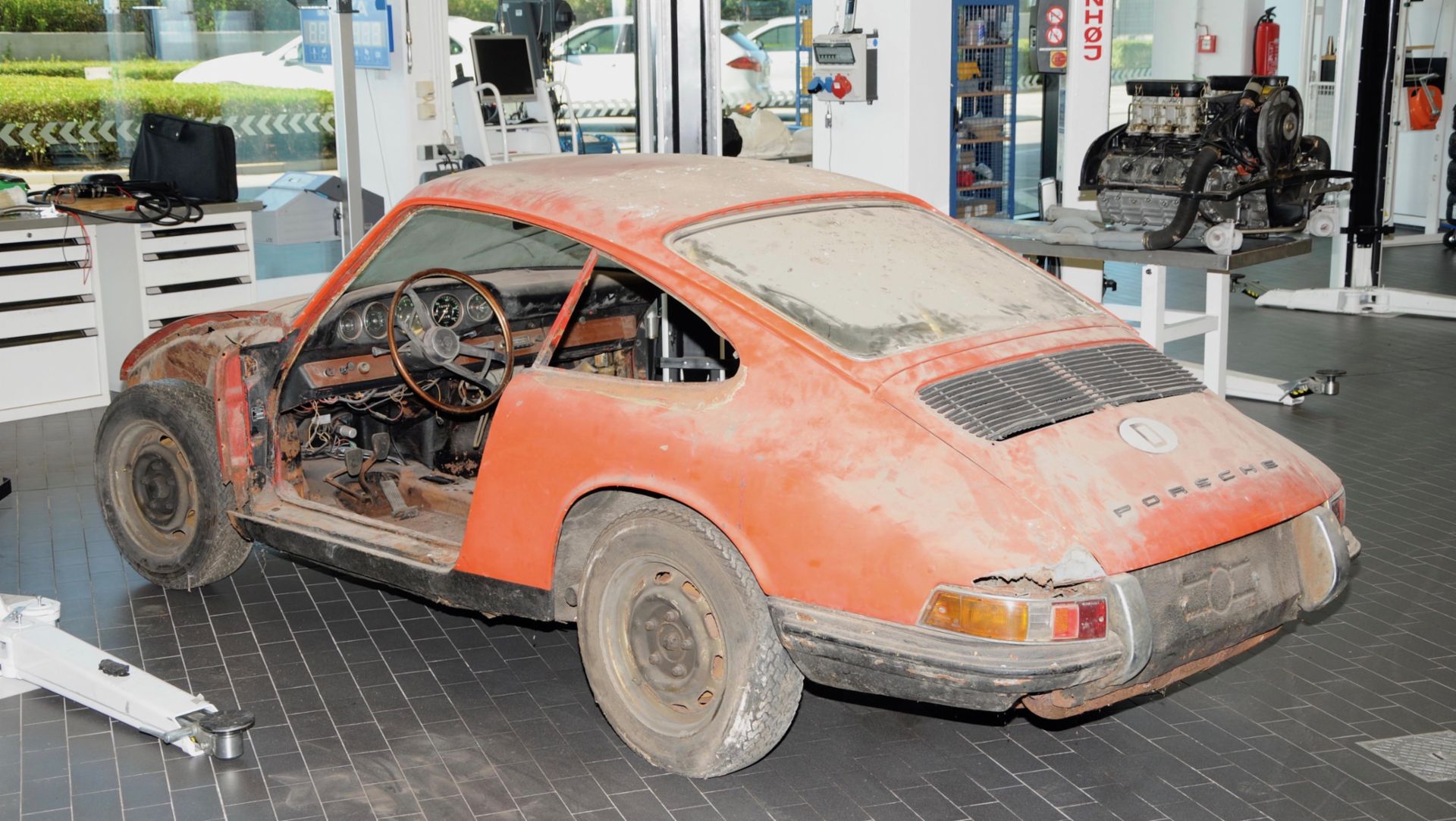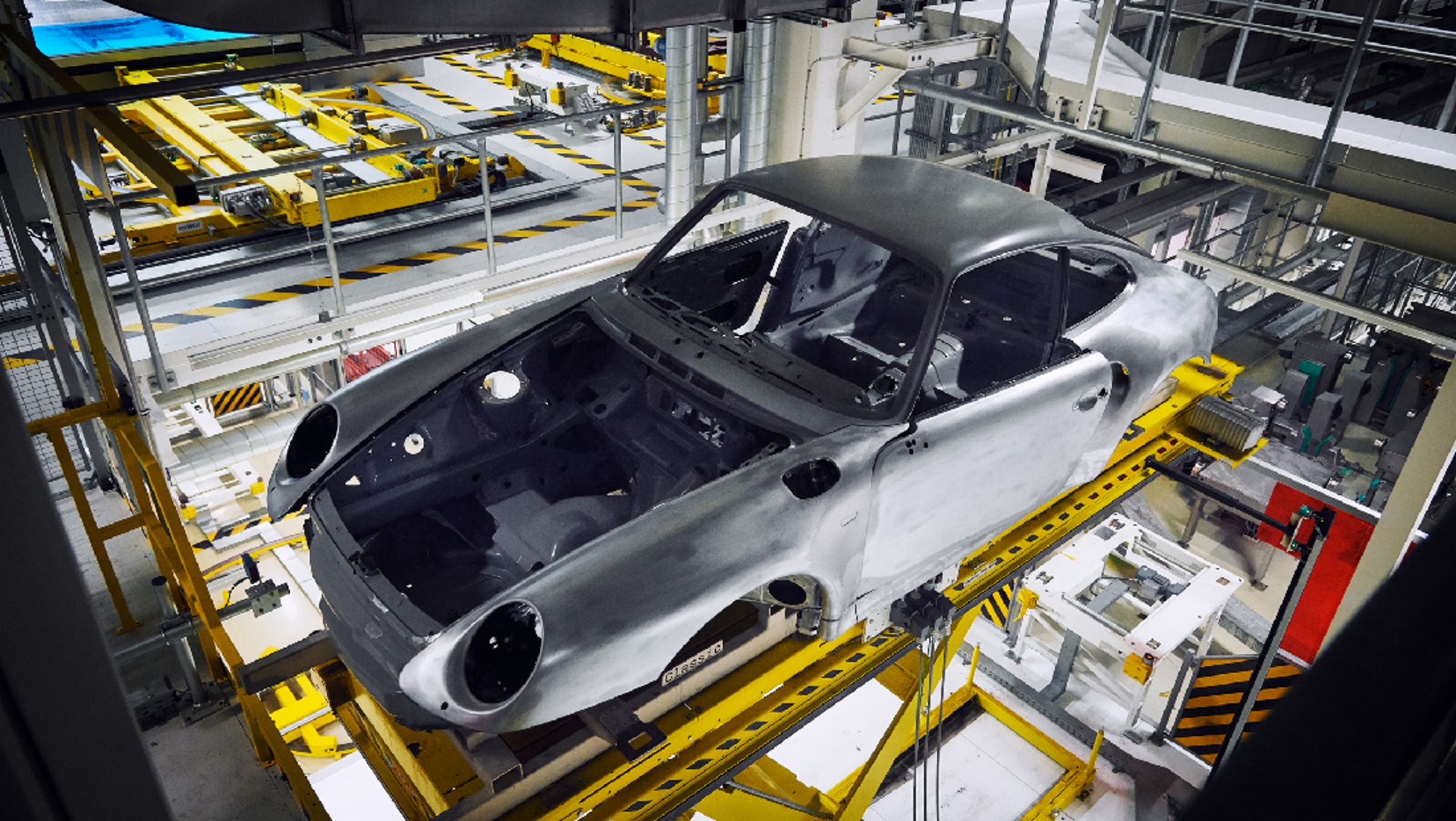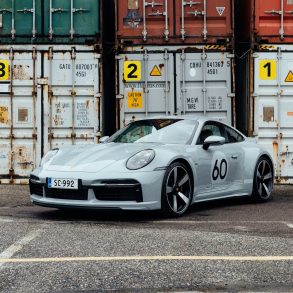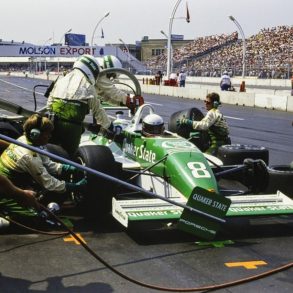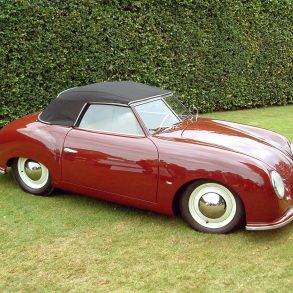When Scrap Turns into Gold
Most people look at a burned-out or crumpled Porsche and see a total loss. Collectors often see something very different. Beneath the twisted panels and charred wiring, there might be a story, a chassis number, or a race record that gives the wreck more value than a pristine driver ever could.
Over the past decade, the market for damaged and incomplete Porsches has quietly grown. Restoration specialists, investors, and even museums now chase wrecked 911s and long-forgotten 356s for one reason: authenticity. The Porsche community has learned that originality and history can outweigh physical condition when it comes to desirability and price.
The Power of Provenance
In the collector world, provenance is everything. A 1960s 911 with period race history, even in pieces, can sell for more than a fully restored car without documentation. A VIN tied to a particular event, driver, or factory test program can turn scrap metal into something close to sacred.
It is why restoration shops keep detailed archives and why chassis plates are often treated with the same care as artwork. There have been cases where destroyed Porsches have been meticulously reconstructed around a single surviving component — sometimes a dashboard, sometimes the VIN tag itself — simply because of what that component represents.
The debate over what constitutes an “original” car continues, but the market’s verdict is clear: provenance creates value, even if the metal around it must be remade.
Salvage Hunting in the Modern Age
In the digital era, finding that kind of diamond in the rough has become easier. Online auctions have opened the gates to a global audience, offering everything from flood-damaged Boxsters to accident-written 911 GT3s.
Platforms like A Better Bid have made it possible for restorers and enthusiasts to browse listings once limited to insurance networks. A decade ago, only dismantlers or body shops could access these cars. Now, anyone can track a salvage VIN and discover whether it’s worth saving — or whether its history alone justifies the bid.
For professional restoration shops, these platforms have become scouting grounds. Even heavily damaged cars can be valuable for their drivetrains, interiors, or rare body panels. More importantly, they often carry documentation trails that can be traced back to limited-production models or competition use.
When the Story Outweighs the Steel
The most extreme examples of this phenomenon involve race cars. Several 911 RSR and 934 shells, destroyed in competition decades ago, have been reconstructed with factory data to their exact original specifications. These builds can command prices comparable to undamaged survivors because the identity of the car — its serial number and racing history — is intact.
Even at the road-car level, a rare 356 Carrera GS or early 911S can hold surprising value in wrecked condition. Collectors and restorers know that these models were produced in small numbers, and genuine examples with verifiable histories are finite. A mangled car with a clean paper trail is often worth more than a perfectly functional replica.
The line, however, is drawn sharply. Common production cars without heritage or rarity rarely benefit from this effect. A water-damaged 2007 Cayman is just a parts donor, not a treasure. The magic only exists when the car’s story matters more than its condition.
The 901 Prototype, Chassis 300.057
Few examples illustrate Porsche’s reverence for its own history better than the restoration of chassis 300.057, the earliest surviving 901 prototype. Discovered in 2014 in a collapsed barn in Brandenburg, Germany, the car was in disastrous condition. The body was heavily corroded, the interior had disintegrated, and most of the original components were missing or beyond repair.
Instead of scrapping it, Porsche Classic undertook a meticulous three-year restoration to bring the car back to life. Every salvageable part was preserved, while missing sections were recreated using original factory tooling. The result was unveiled at the Porsche Museum in 2017, finished in its original Signal Red paint, exactly as it appeared when it left Zuffenhausen in 1964.
What began as a decayed shell became a historical centerpiece. Chassis 300.057’s significance lies not in its condition, but in its identity. It represents the moment Porsche transitioned from the 356 to the 911 — the birth of a legend. Its survival proves that even when a car’s metal is gone, its story can remain priceless.
Project Gold: The Factory’s Own Rebirth
If the restoration of chassis 300.057 showed how Porsche saves its past, Project Gold revealed how it can be reborn. In 2018, Porsche Classic built a brand-new 993 Turbo S from an unused factory shell that had been sitting in storage for decades. The one-off creation was assembled entirely by hand, using more than 6,500 genuine parts still available from Porsche’s Classic catalog.
Finished in Golden Yellow Metallic, the same color as the 911 Turbo S Exclusive Series, Project Gold combined the craftsmanship of the air-cooled era with modern precision. Beneath the skin was a 450-horsepower twin-turbo flat-six, connected to a six-speed manual gearbox and finished to concours standards.
The car was unveiled at the Porsche Experience Center in Atlanta and sold at auction by RM Sotheby’s for approximately $3.4 million USD, with proceeds donated to the Ferry Porsche Foundation. Officially, it was not road-legal; symbolically, it was something greater — a celebration of the last air-cooled generation and a statement that Porsche’s legacy can still be handcrafted in the present.
Modern Salvage: Flooded GT3s and the New Rebuilders
Not all high-value rescues come from decades-old barn finds. Modern salvage has created its own kind of fascination, particularly after natural disasters. Following Hurricane Ian in 2022, dozens of Porsche 911 GT3s, Turbos, and Taycans appeared in salvage auctions with flood or water damage.
For some buyers, these listings were opportunities to source unobtainable parts or to attempt full restorations. The demand for genuine Porsche engines, interiors, and carbon-fiber components remains so high that even totaled cars fetched significant bids.
Most of these vehicles will never be concours material, but they still represent a continuation of Porsche’s story — proof that even in a world of complex electronics and carbon composites, the passion to rebuild remains strong. The modern rebuilder community treats these cars not as lost causes, but as challenges worthy of Stuttgart’s engineering heritage.
Rebuilding Legacies, Not Just Cars
Restoring a wrecked Porsche is rarely about financial gain. The work is painstaking and expensive, and parts often exceed the final value. What drives most restorers is reverence. These are people who see themselves as caretakers of history, not mechanics chasing profit.
Every rebuilt car represents a continuation of Porsche’s story. Whether it’s a rally-scarred 911SC or a Le Mans-run 956 restored from a tub of ashes, the act of bringing it back is a statement about preservation. It’s proof that the spirit of Stuttgart engineering endures beyond metal fatigue or accident damage.
For enthusiasts, there’s also something deeply emotional in seeing a wreck reborn. It reminds us that the soul of a Porsche isn’t defined by perfection but by persistence.
Value Beyond Condition
In the modern collector market, rarity and authenticity will always hold more weight than paint quality or panel fit. The cars that tell the most compelling stories often wear their scars proudly, and buyers have learned to look past the imperfections.
Not every wrecked Porsche is worth saving, but for the few that are, the payoff is more than financial. It’s historical, cultural, and emotional. In a world obsessed with flawless restorations, these cars stand as proof that sometimes, imperfection is where the real value lies.


